All about home begonia care, tips for growing a flower
In the hustle and bustle of rapidly flying everyday workdays, filled with stressful situations and numerous problems, it is so important to have an island of peace, beauty and harmony where the soul rests. Growing begonias at home can be an activity that will bring the desired relaxation and pacification.
There are many varieties of this ornamental plant, and each of them is good in its own way. Some captivate the eye with carved leaves of an unusual shape and color, others with huge double flowers. The appearance of tuberous begonia is very effective, ampelous varieties are luxurious. With a flashy sensual beauty, these flowers do not require special attention. Planting and caring for them is quite capable of even those who are just beginning to get acquainted with the intricacies of growing indoor plants.
Lighting and temperature
The best place to place the begonia pot is by a window facing east or west. A flowering plant needs a lot of bright light to grow quickly and maintain a rich color of leaves. But being in the sun will not do him good: exposure to direct sunlight can lead to burns. Therefore, in the spring and summer in the daytime, he needs to provide light shading.
This can be done using the following materials:
- floristic film;
- paper;
- tracing paper;
- gauze;
- sun protection mesh;
- roller blinds.
Caring for decorative foliage begonias in terms of choosing the optimal place for the pot is slightly different. They do not need bright lighting; at home it is preferable to place them in partial shade, even at a short distance from the window.
Advice
A flowerpot with a flower should not be frequently moved from place to place. The plant gets used to a certain light and temperature, and constant changes in these factors will negatively affect its development and flowering.
Although begonia has its origin from the shores of southern countries, it does not like extreme heat. In summer, at home for a flower, the most comfortable temperature is in the range of 21-23 ° C. In winter, it should be at least 15-18 ° C. The plant has a very negative attitude to hypothermia: its growth slows down greatly.
Watering rules
Competent care of begonia involves observing the rules for watering a flower.
- In spring and summer, especially in extreme heat, indoor begonias are often watered abundantly, making sure that the water does not get on the leaves. It is better to do this in the morning, when the air is not yet too hot. Water must be defended, it must be soft and warm (at least 20 ° C). After intensive moistening, the soil needs to be slightly loosened. The next watering is carried out if the soil has dried out from above to a depth of 1-1.5 cm. It is impossible to allow the soil to dry out, but moisture should not stagnate in the pan or in the pot so that the plant roots do not rot.
- With the onset of winter, watering becomes rare and moderate. At this time, caring for begonias at home will be better if the pot with plants is slightly insulated. It is impossible for the root system of the flower to overcool, otherwise it may die.
The birthplace of begonias is the tropics and subtropics with a humid climate, so dry indoor air has a detrimental effect on them. When water gets on the leaves of a flower, they become covered with ugly dark brown spots, so it is not recommended to spray the plant. There is another effective way to humidify the air at home. Expanded clay is poured into a shallow container and water is poured, adding fresh water as it dries.A pot of begonia is placed on top of the granules. Evaporation will provide it with the necessary humidity, which should be at least 50-60%. Instead of expanded clay, you can use peat or moss.
Pruning and pinching
Caring for begonias at home includes mandatory pruning. It allows you to rejuvenate the bush, form a luxurious crown and improve flowering. The first pruning is carried out when the plant reaches 6-7 cm in height, removing the top with a sharp knife. Thanks to this procedure, dormant buds are activated in bush begonias, and lateral shoots begin to develop intensively in the lower part of the stem.
After pruning, the flower is placed in a shaded area and sprayed with water several times a day. The frequency of watering at this time is reduced. You can return to the previous soil moisture regime after the active growth of the seedling has begun.
The next pruning is done when the length of the side shoots is 10 cm. When choosing a place for cutting, you need to focus on the direction of the buds. The top of those remaining on the branch should look outward. Further care of the young bush consists in periodically shortening overgrown shoots and removing dried or damaged stems and leaves.
Another way to give the plant a decorative and well-groomed look, and its crown the desired shape, is to pinch the shoots. It is done either before the beginning of flowering, or after its completion, pinching off the top growth point of the main stem by 1-2 cm.
Fertilizer
Growing a healthy and strong plant at home is impossible without top dressing. Until the end of the growing season, when the rest time for begonia comes, it is carried out regularly, every 1.5-2 weeks.
The nutritional composition is chosen depending on the type of flower.
- Caring for decorative leafy begonias involves the use of fertilizers containing a lot of nitrogen. It is essential for rapid growth and intensive new leaf formation. Such means as "Kemira", "Uniflor-growth", Agricola... They are bred and used strictly according to the instructions.
- Flowering plants are taken care of using complex formulations with a high content of potassium and phosphorus and a minimum content of nitrogen. Thanks to these elements, indoor begonia will give many buds, and the flowering will be long. The mixtures "Bud", "Ovary", "Zdraviy" are in demand. They begin to bring them in from the moment the bush blooms.
If the plant is not fed, its appearance deteriorates. The color of the stems and leaves becomes pale, the buds become smaller, their number decreases, they may not appear at all, the flowers fade quickly. The bush itself looks stunted and emaciated. But it is not worth overdoing it with the introduction of nutrients, their excess is harmful to plants.
Advice
Decorative deciduous varieties of begonias stop fertilizing with the arrival of autumn. For flowering forms, the end time of dressings is determined by the duration of flowering. If the plant is blooming in late fall or even winter, it continues to be fed until it withers.
Winter period in the life of begonias
Tuberous begonias require mandatory pruning for the winter. With the arrival of autumn, the plant is watered less often. When the leaves on the bush dry up, its aerial part is removed with a sharp knife at a height of 1-2 cm from the surface. October is considered the ideal time for the procedure.
Then the pot with tuberous begonia is placed in a dark place. It can be a basement, a cellar, a glazed loggia. In an apartment, the space under the bathroom is suitable for storing plants. For successful wintering, the air must not be heated above 15 ° C. Occasionally, the soil in the pot is moistened so that it does not dry out completely.
Winter for begonias is a dormant period. At this time, the plant accumulates energy and strength in order to please with abundant flowering in a new phase of active growth. Do not disturb him. It is not recommended to transplant plants, transfer them to another place, or turn them.With a cold snap, their growth slows down, they no longer need fertilizer.
Landing features
At home, planting begonias, depending on the variety, is carried out in one of two ways:
- seeds;
- tubers.
Seed planting is acceptable only for two plant varieties: ever-flowering and decorative-flowering. They are sown in February using convenient containers. They are filled with leafy soil, peat and sand (2: 1: 1). It is not necessary to heavily fill the seeds with nutritious soil, it is enough to roll them a little. Then the container with the seedlings is covered with glass or foil.
For germination and uniform development of seedlings, special care is needed: temperature in the region of 20-22 ° C and periodic soil moistening with a spray bottle. 2-3 weeks after sowing, the seedlings dive. This is done very carefully so as not to damage the delicate stems. Within a month, young shoots can be planted in a permanent pot.
Growing tuberous begonias will require more attention. To get a strong flower, the care of which will not bring much trouble, it is better to plant tubers that have already sprouted. This is not difficult to achieve; it is enough to lay them out on a damp cloth in a warm place with good lighting. When the roots are formed - and you don't have to wait long for them to appear - the tubers are planted in pots. They should not be deepened much, it is enough to dig in by 1-2 cm. The most favorable time for the procedure is March.
Transfer
For all types of begonias, including tuberous, acidified soils are preferred. Plants are undemanding to the composition of the soil; it can be easily prepared at home. The guarantee of health and active growth of the flower is good drainage. It will be provided by a layer of medium-sized gravel, peat moss or ordinary sand placed at the bottom of the pot. Leafy earth is poured on top, it should fill the container by half. The remaining space is occupied by peat and black soil, mixed in equal proportions. Then it remains only to plant the plant in the ground.
If the begonias become cramped in the pot, you need to change it to a more spacious one. It is better to do this in early spring. The flower is carefully removed, its roots are carefully cleaned of old soil and briefly dipped in a weak solution of potassium permanganate. After disinfection, the root system of the plant is carefully examined. If there are areas with signs of rot, they are removed.
Advice
The flower will take root faster if, when transplanting, you do not completely cover its roots with earth at once. Leave some room up to the top of the pot. When the roots are dry, you can add fresh soil and cover them.
After transplanting, which is stressful for the plants, begonias will need more attention and care. They need to be watered more often and thoroughly. You should not immediately put the flowerpot on a brightly lit windowsill; it is better for the flowers to be in the shade for a while. They usually take root in a new pot within 1 month.
Begonia is one of those plants that can be safely called universal. Its cultivation is possible both outdoors in the garden and at home. It will decorate any window, balcony, veranda, front garden, steps in front of the house. The forms and varieties of plants are so diverse that even the most capricious florist will find a variety for himself that will suit his taste. Tuberous begonias have a special place in women's hearts.
It is difficult to find another flower that would combine whimsical sophistication and amazing unpretentiousness. It is worth giving indoor begonias quite a bit of time and care, and they will surely thank you with lush fragrant flowers or dense carved foliage, the beauty of which will not leave anyone indifferent.
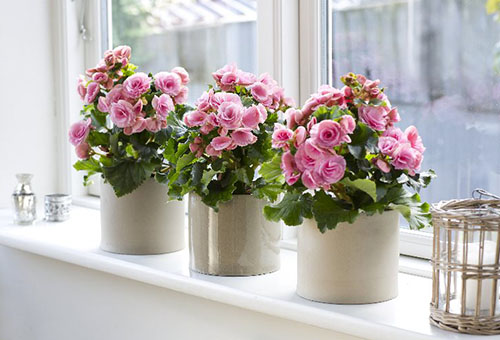
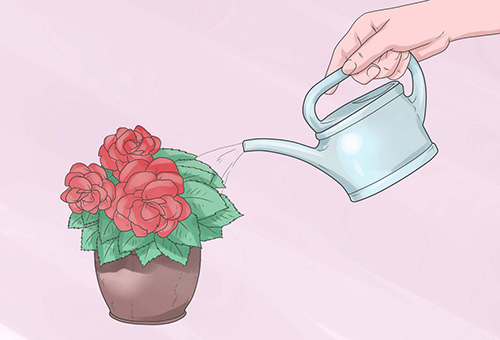
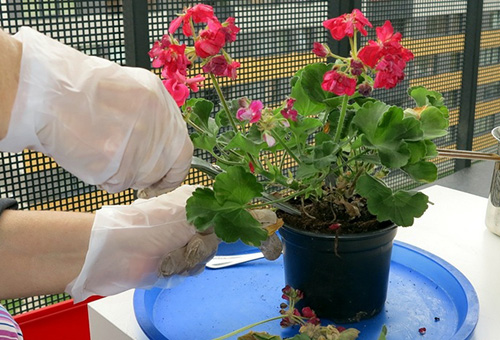
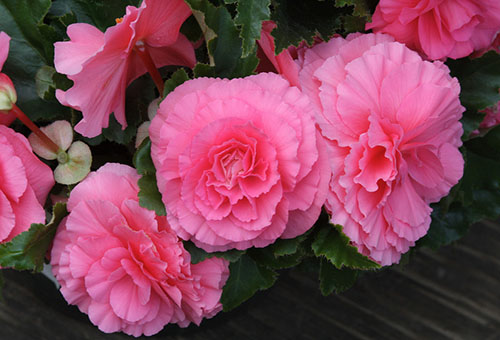
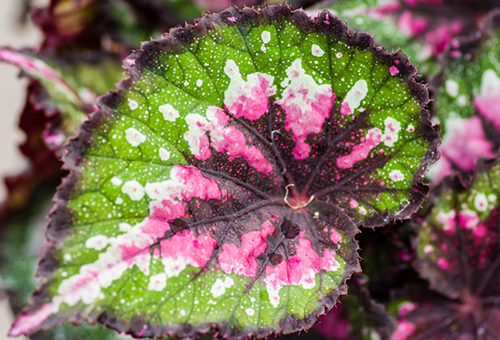
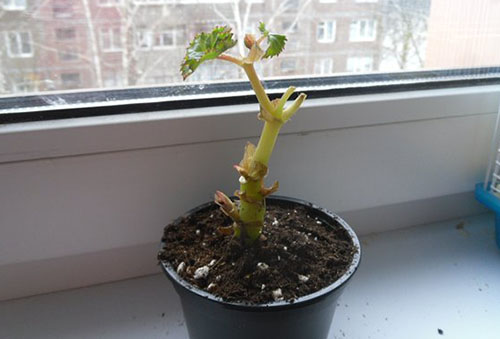
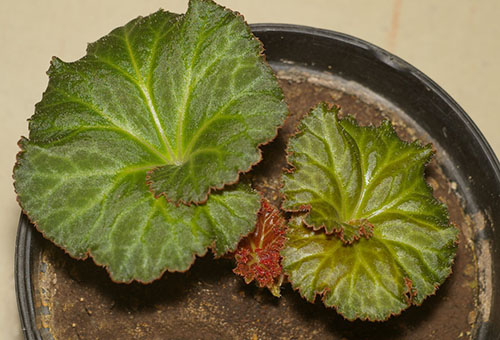
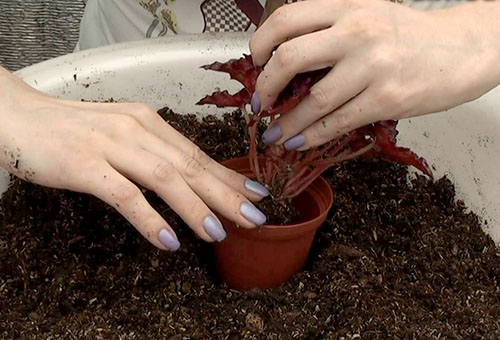
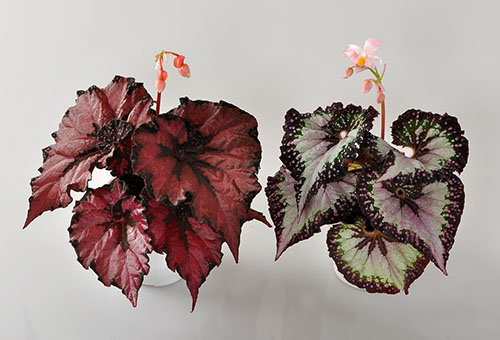
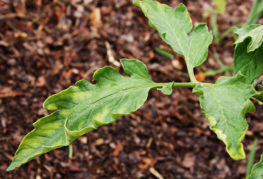

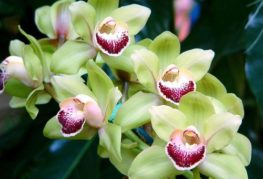
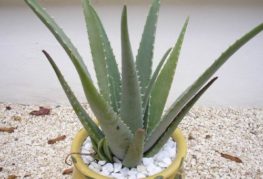
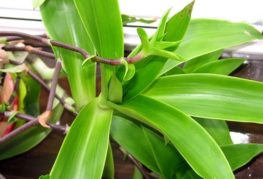
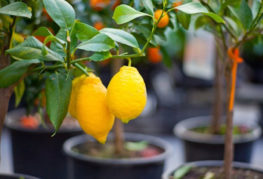
and will be published shortly.